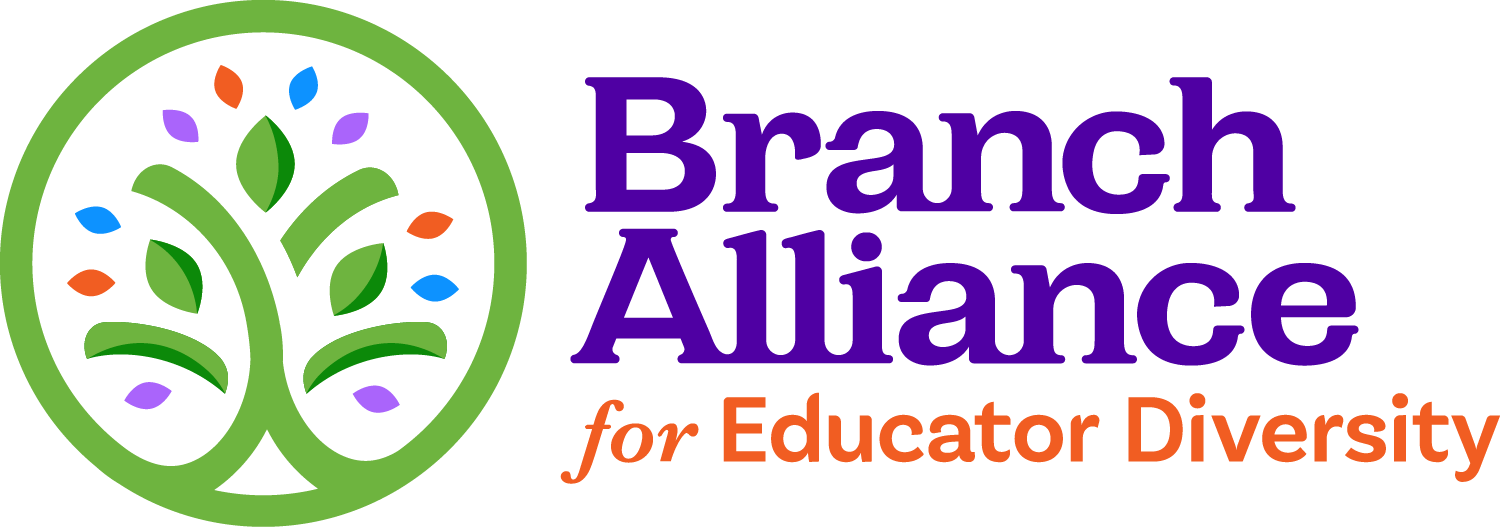What We Know
Helping Students Succeed: A Call-to-Action
There is no question that having diverse educators in our nation’s classrooms benefits all students and helps to prepare them to succeed in our heterogeneous society.
Teacher demographics have an impact on students. Empirical evidence from research emphasizes the importance of educator diversity and its positive impact on student’s academic and social and emotional development.
Use the links below to explore prominent research findings on educator diversity, its impact on student outcomes, and the potential of MSIs to further America’s efforts to address the diversity gap in education:
The Educator Diversity Gap
More than 40% of public schools in the U.S. do not have a single teacher of color
The National Education Association highlights the educator diversity gap through a Maryland-based example.
Almost every state has a significant diversity gap between teachers and students.
The Center for American Progress offers a state-by-state analysis of teacher diversity. Learn More
Less than one in five U.S. public school teachers are individuals of color, while approximately half of K-12 students are individuals of color
The Department of Education discusses the need to yield the benefits of a diverse teaching force. Learn More
Progress toward greater diversity is being made, but it is modest compared to the need for more minority teachers
Albert Shanker Institute is working to better understand the solutions to increase K-12 diversity. Learn More
The Role of Minority Serving Institutions
We should look to minority serving institutions for proven strategies that increase college access and student success for students of color
The Rutgers Center for Minority Serving Institutions serves as a repository for research, data, best practices, emerging innovations, and ideas on and within MSIs. It also works to promote the strengths and address challenges facing these institutions. Learn More
Diversity and cultural competence are proven factors in improving the quality of America’s teaching force.
The National Collaborative on Diversity in the Teaching Force suggests policies that can increase educator diversity.
Teachers from culturally diverse backgrounds may have a competitive edge working with minority students.
The W.K. Kellogg Foundation underscores the importance of diversifying the teacher workforce through case studies.
With an educator of the same race or ethnicity, students demonstrate improved academic outcomes.
Center for Education and Data Research offers a variety of models to support this claim.
Potential teachers of color find the profession important and would like to see greater diversity across the educator workforce.
Eastern Connecticut State University conducted an analysis of why teachers of color enter the profession.
